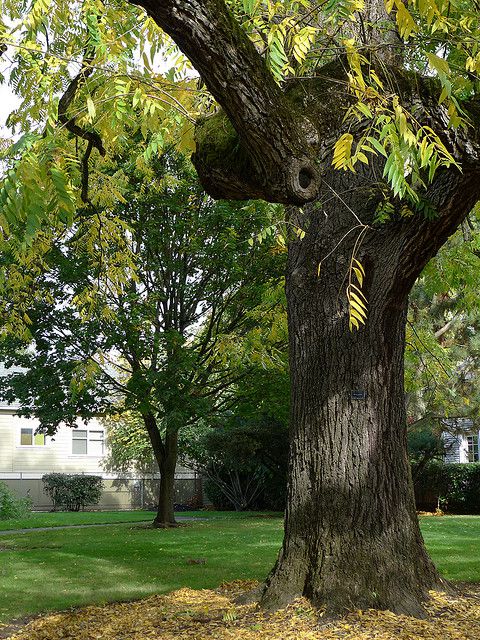-
 Uric acid
Uric acid
-
 Plasmid
Plasmid
-
 Amphibolite
Amphibolite
-
 Ketohexose
Ketohexose
-
 Tornado
Tornado
-
 Avocado
Avocado
-
 Hereditary disease
Hereditary disease
-
 Internet
Internet
-
 Laryngoscopy
Laryngoscopy
-
 Umbriel
Umbriel
-
 Magnitude
Magnitude
-
 Windrow
Windrow
-
 Shallot
Shallot
-
 Call waiting indication
Call waiting indication
-
 Mean anomaly
Mean anomaly
-
 PALM/STORM microscopy
PALM/STORM microscopy
-
 Cryogenic
Cryogenic
-
 Cephalin
Cephalin
-
 Plasma membrane
Plasma membrane
-
 Crystal face
Crystal face
-
 Toughness
Toughness
-
 Black walnut
Black walnut
-
 Electroencephalograph
Electroencephalograph
-
 Messier 82
Messier 82
-
 Sea ice - Old ice
Sea ice - Old ice
-
 Prion
Prion
-
 Chromophore
Chromophore
-
 MySQL
MySQL
-
 Helicase
Helicase
-
 Nymph
Nymph
Black walnut
The black walnut gets its name from the brown colour of its bark, more pronounced than that of its cousin the common walnut. Its height is also more pronounced than that of the common walnut and can reach 35 to 40 m.

Black walnut. © Janet and Phil, Flickr CC by nc-nd 2.0
Names
The black walnut (Juglans nigra), belongs to the Juglandaceae family and is also known as the "Eastern black walnut".
Botanical description of the black walnut
This tree has an ample, ovoid and irregular crown. Its slender, straight trunk and its ascending branches tend to spread out with age. Its dark brown bark is cracked with deep grooves. Its foliage, which gives it a dense shadow, is shiny and pale green. Its deciduous leaves are very large, comprised of 14 to 22 oval leaflets, pointed at the end and rounded at the base. Its flowers appear in April-May in the form of yellowish catkins. Its fruit are round and contain edible nuts which, however, are bitter.

Juglans nigra. © born1945, Flickr CC by sa 2.0
Origins
This species comes from the Eastern United States where it grows abundantly. It was introduced into England in 1686 and since then has grown widely throughout Europe.
Growing conditions of the black walnut
The black walnut is sensitive to springtime frosts, which makes it partial to locations sheltered from the Northern and Eastern winds. This species tolerates calcareous and rocky soil, as long as it is permeable, but still prefers rich and cool soil.
Use
The wood of the black walnut is heavy and consistent, withstands humidity and is valued by cabinet-makers for its lustrous beauty and very dark colour.
Author: Michel Caron
 Black walnut. © Trees of my Neighborhood, Flickr CC by nc 2.0
Black walnut. © Trees of my Neighborhood, Flickr CC by nc 2.0
Latest
Fill out my online form.



